
Hidden Clues Before the Tremor: Early Warning Signs of Parkinson’s Disease You Shouldn’t Ignore
Most people imagine Parkinson’s disease beginning with trembling hands or a shuffling walk. But in reality, the earliest signs are far subtler — often dismissed as unrelated quirks until much later. Recognizing them early may provide a vital opportunity for closer monitoring and earlier intervention.
Parkinson’s disease rarely presents in the stereotypical way — with a forward stooped posture, rigid movements, or the classic shuffling gait. Instead, the earliest indicators are vague, nonspecific, and easy to overlook. Only in hindsight are they recognized as red flags.
By the time the more obvious symptoms surface, nearly half of the dopaminergic neurons — the brain cells responsible for producing dopamine — are already permanently lost. This dopamine shortage disrupts motor control and triggers hallmark features such as tremors, stiffness, slowed movements, and balance difficulties (summarized by the acronym TRAP). Diagnosis remains largely clinical, supported by neurological exams and often confirmed with specialized imaging such as dopamine transporter scans (DaT SCAN). The disease usually develops slowly, with symptoms starting on one side of the body before becoming more widespread.
Although Parkinson’s is still incurable, spotting its early signs can open the door to preventive strategies, clinical monitoring, and potentially slowing progression. Some warning symptoms can precede the motor stage by years, making awareness essential. Below are some of the most important prodromal indicators.
Rapid Eye Movement (REM) Sleep Behavior Disorder (RBD)
While sleep disruption is commonly reported in Parkinson’s, a very specific sleep disorder — REM sleep behavior disorder — is often overlooked. Unlike ordinary insomnia, RBD involves vivid, action-filled dreams accompanied by dramatic physical movements such as shouting, thrashing, punching, or kicking. These behaviors frequently disturb not just the patient, but also their bed partner.
RBD occurs in only about 0.5%–1% of the general population, but the rate rises to 5% in those over age 60. Crucially, studies show that nearly 80% of people diagnosed with RBD may go on to develop Parkinson’s within 15 years, making it one of the most significant prodromal signs.
Clinicians should ask detailed questions about dream enactment, vocalizations during sleep, or violent movements that recur. While such behaviors are sometimes dismissed as unusual or quirky sleep habits, repeated episodes warrant careful neurological follow-up.
Constipation
Parkinson’s disease doesn’t always begin with tremors — in fact, gastrointestinal changes are among the earliest non-motor indicators. Constipation is particularly common, affecting up to 75% of patients, and may appear decades before other symptoms.
This link stems from Parkinson’s impact on the autonomic nervous system, including the enteric nervous system that regulates bowel motility. According to the Braak hypothesis, abnormal alpha-synuclein protein accumulations may first appear in the gut and olfactory bulb long before affecting the brain. These misfolded proteins interfere with nerve signaling, leading to digestive problems and later neurological decline.
Chronic, unexplained constipation should raise concern — especially if combined with other subtle clues such as reduced sense of smell, REM sleep disorder, or persistent fatigue. In fact, long-term studies suggest constipation can precede a Parkinson’s diagnosis by 10–20 years.
Loss of Smell (Olfactory Dysfunction)
A reduced or absent sense of smell — whether partial (hyposmia) or complete (anosmia) — is another overlooked warning sign. Many patients suddenly struggle to detect common scents such as coffee, banana, or vinegar, often without realizing its significance.
In Parkinson’s, the same misfolded alpha-synuclein proteins that damage gut nerves also affect regions of the brain responsible for olfaction. Animal studies suggest these proteins may spread like prions, moving from one neural region to another. Researchers are even exploring whether antibody therapies such as prasinezumab could help prevent or slow this pathological spread.
Though loss of smell alone is nonspecific, when it coexists with other prodromal features, it greatly strengthens the suspicion of early Parkinson’s.
Micrographia
Fine motor changes can also provide early warning. Writing — a complex neurological task — often becomes affected in Parkinson’s, leading to cramped, small handwriting known as micrographia. This occurs because dopamine deficiency reduces movement amplitude and precision.
Micrographia can develop before more noticeable motor signs and may be accompanied by other subtle changes, such as a soft or monotone voice, decreased facial expressiveness, or reduced arm swing while walking. These early disruptions reflect broader impairment of the extrapyramidal motor system.
Classic Motor Signs: TRAP
As the disease progresses, the classic motor features of Parkinson’s become more apparent:
- Tremor: A resting tremor (4–8 Hz) that typically improves during voluntary movement, unlike an intention tremor.
- Rigidity: Muscle stiffness, often described as “cogwheel rigidity” due to its ratcheting resistance during passive limb extension.
- Akinesia/Bradykinesia: Slowness, reduced movement, or freezing episodes that may require cues to initiate or stop.
- Postural Instability: Impaired balance and an increased risk of falls, particularly in later stages.
Why Early Detection Matters
Catching these subtle, non-motor clues may help identify Parkinson’s long before the motor stage, opening the door to interventions that could delay its full expression. While no therapy yet halts progression, early diagnosis allows clinicians to track changes closely, test potential disease-modifying therapies, and provide supportive strategies to improve quality of life.
Ultimately, Parkinson’s does not arrive overnight — it announces itself quietly, through signs in sleep, digestion, smell, and fine motor control. Learning to recognize these whispers may one day change the course of the disease.
News in the same category


The Anti-Cancer Diet: Cancer Fighting Foods to Help Prevent Cancer (Evidence Based)

A Surprising Drink That May Help Prevent Cancer – And It's Not Tea or Coffee

Shift Work Migraine Disorder: The Newly Proposed Headache Condition
While debate continues over its official recognition, the research shines a spotlight on the neurological toll of modern labor demands and could pave the way for tailored treatments in the future.

Gut Health in Early Pregnancy Tied to Gestational Diabetes Development
The study authors emphasize that these findings mark only the beginning.

Simple Homemade Cough Syrup Removes Phlegm From The Lungs

Eat this #1 meal to help unclog your arteries naturally

Canker Sores Are The Absolute WO:RST…Here’s How To Get Rid of Them Fast!
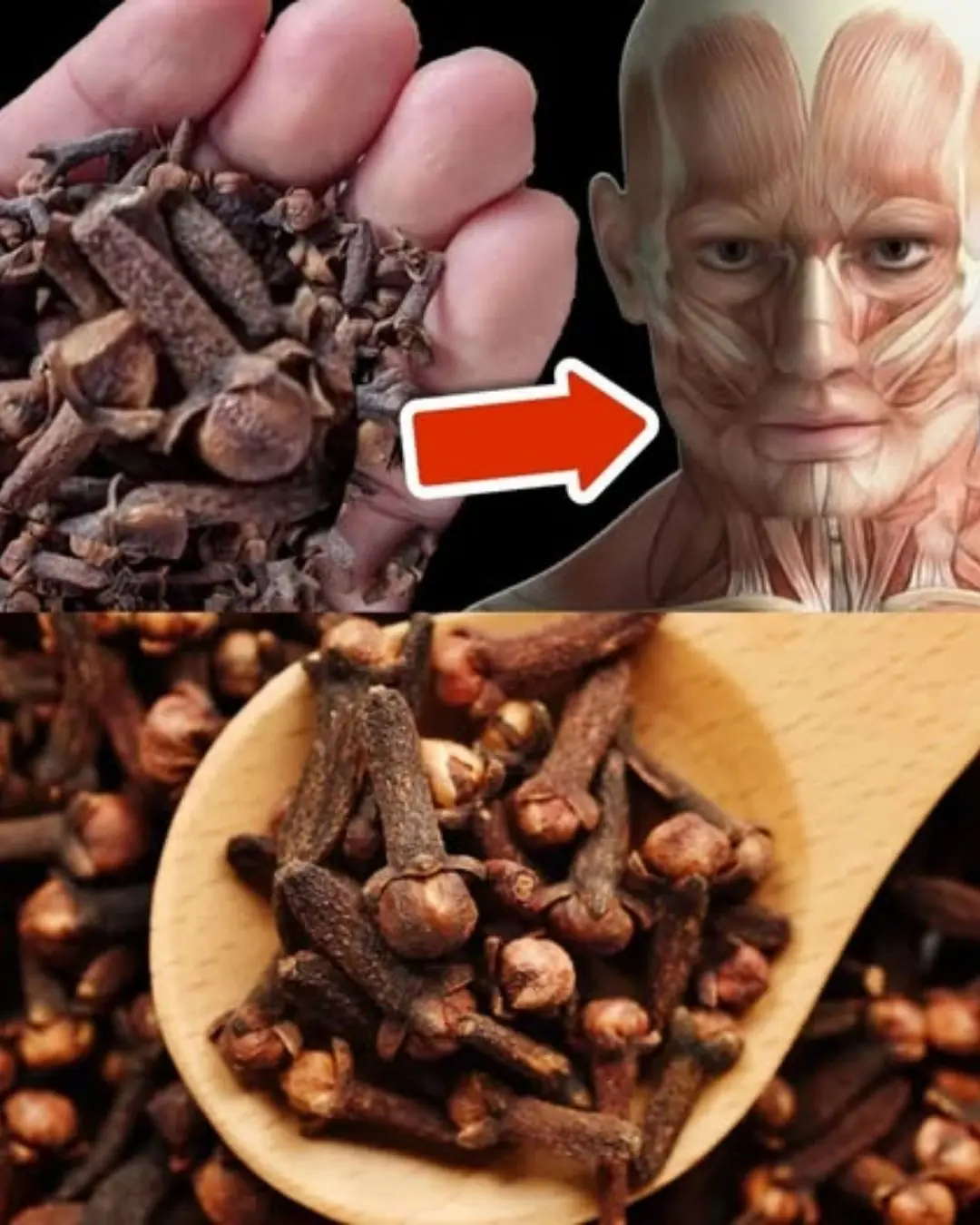
Cloves: 10 Health Benefits of Eating 2 Daily
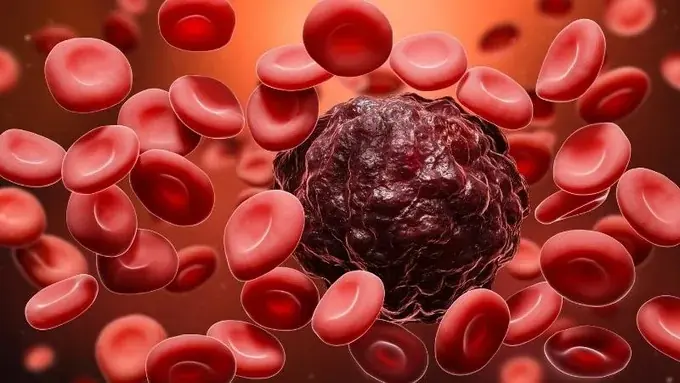
How to Spot the Early Warning Signs of Cancer Growing in Your Body
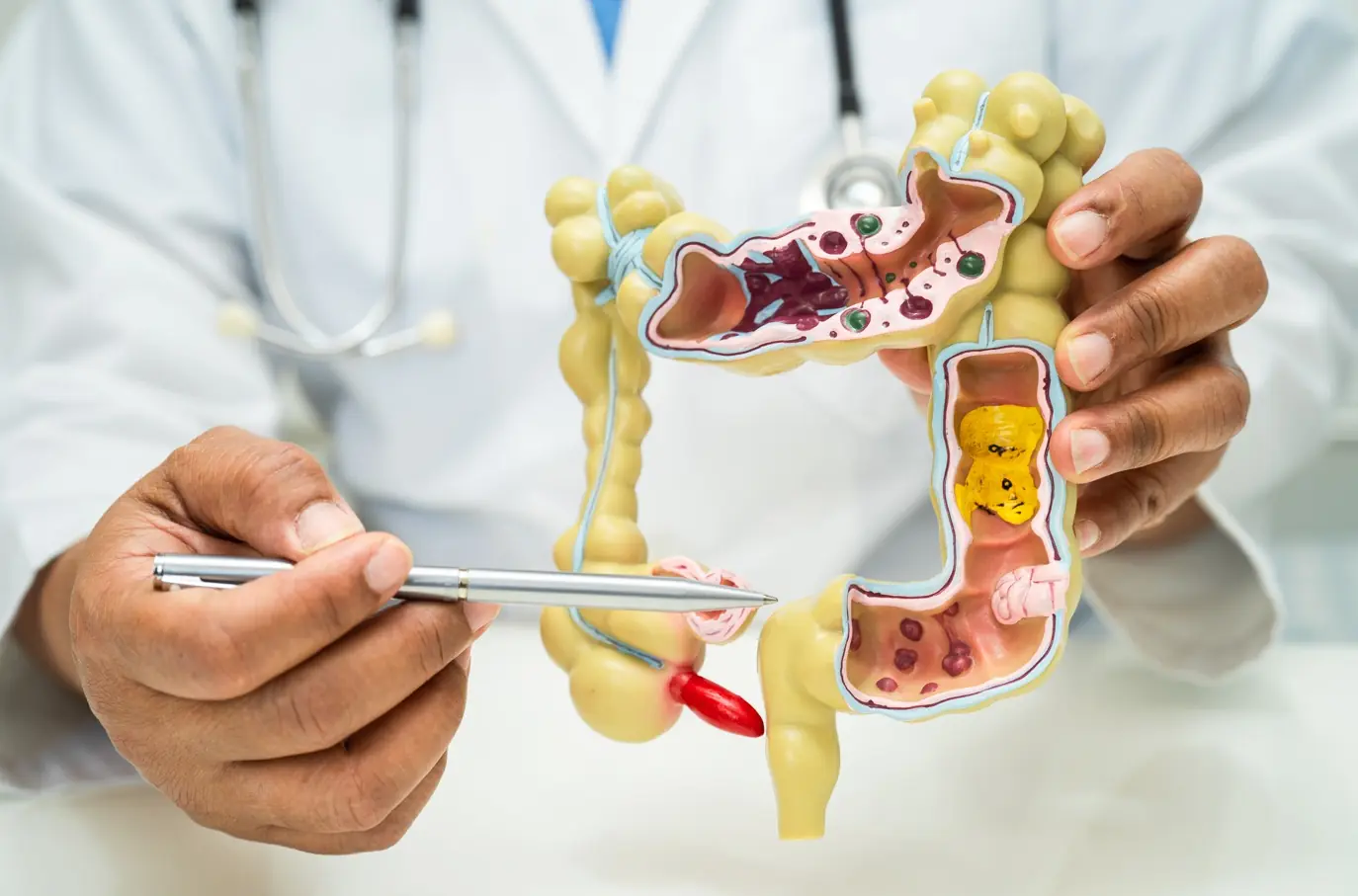
New Research Finds 40-50% of Colon Cancer Cases Can Be Prevented by Doing These Simple Things
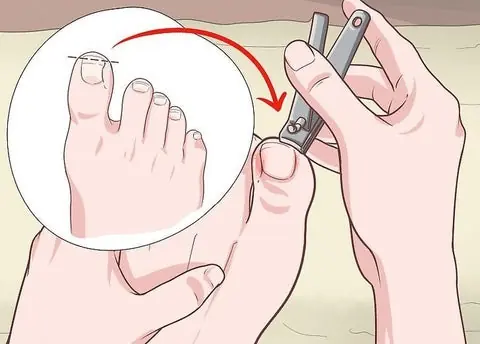
The Simple Trick to Get Rid of Ingrown Toenails Fast—You’ll Wish You Knew Sooner!

Statins warning: new research confirms these harmful side effects
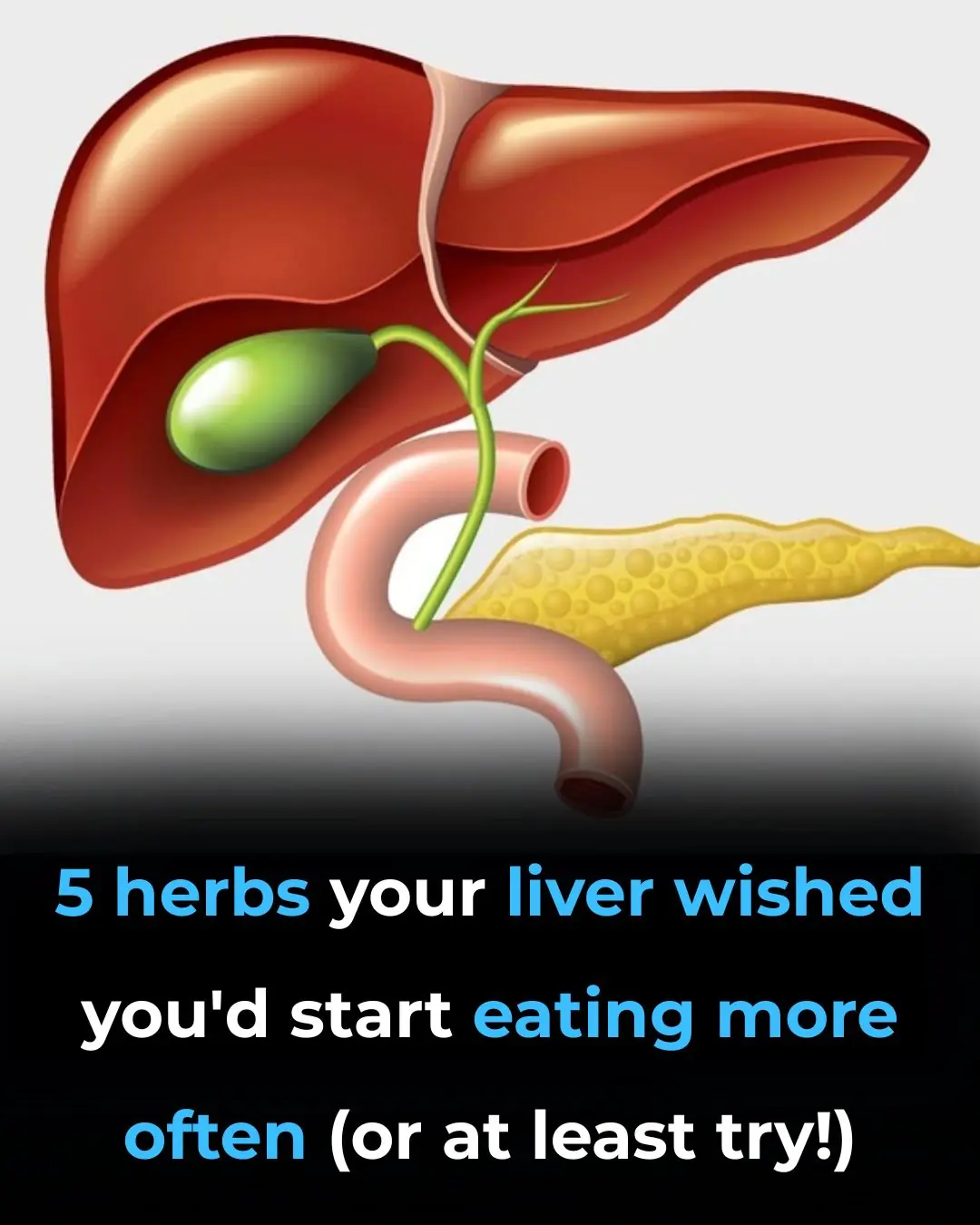
5 Herbs Your Liver Wished You’d Start Eating More Often (Or At Least Try!)
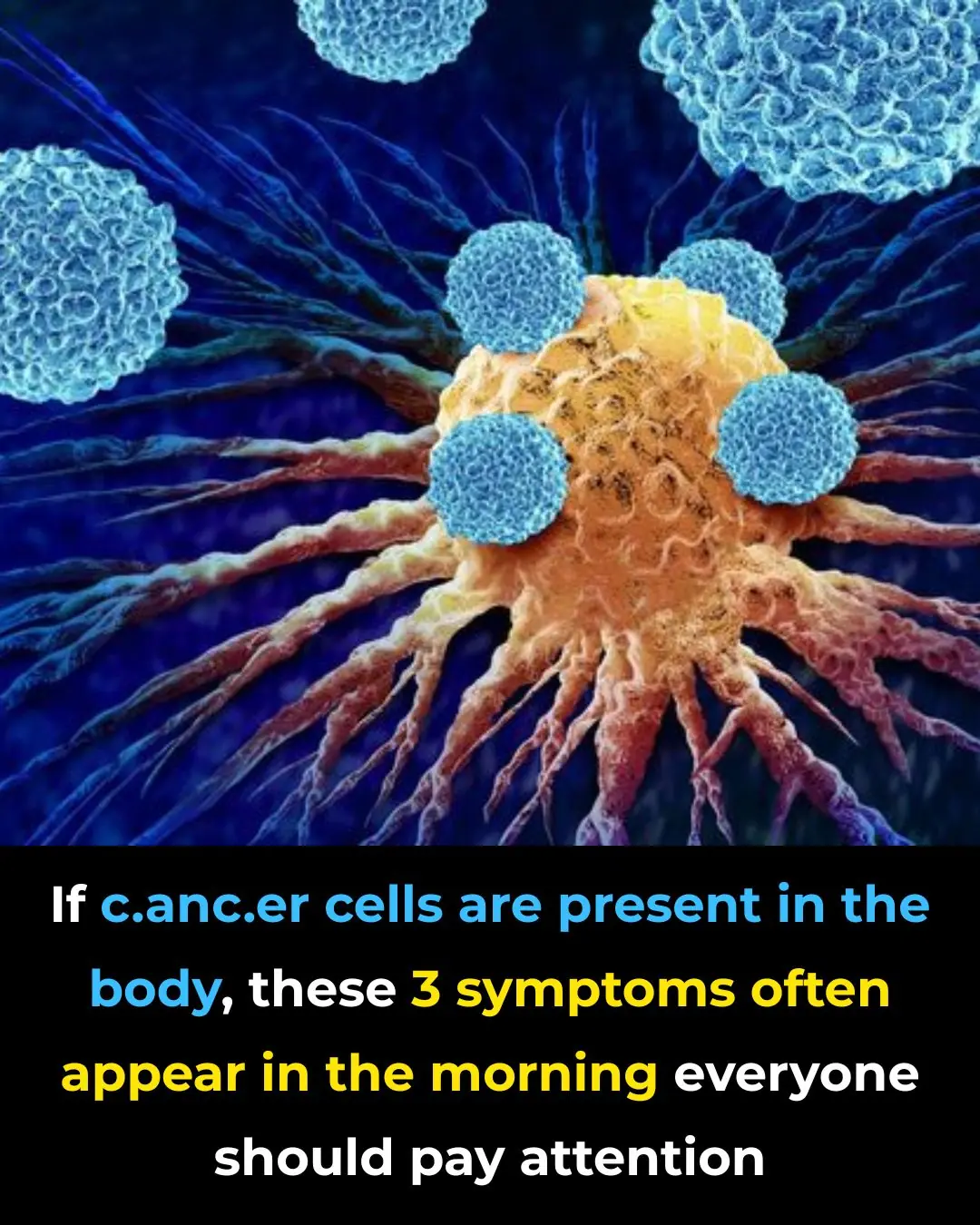
If cancer is present, 3 key symptoms often appear in the morning

The Warning to People Who Regularly Walk Around Their Homes Barefoot

Foods That Add Inches to Your Waistline
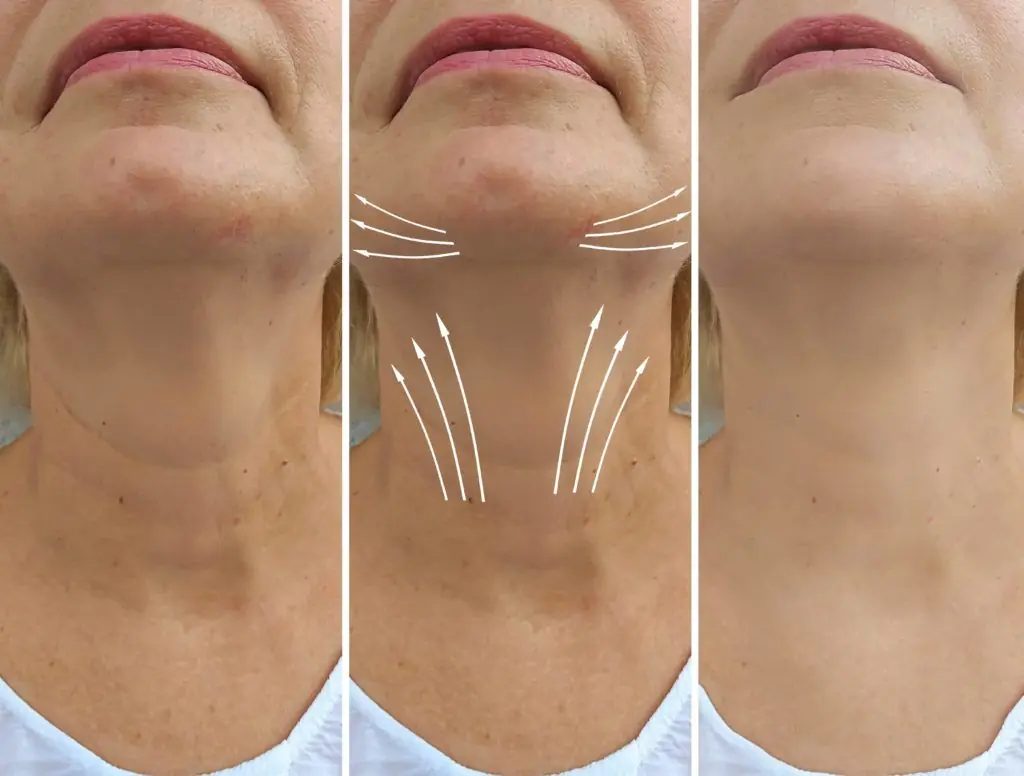
Why the Neck Sags with Age: Causes, Solutions, and Prevention Tips
News Post

Remove these 7 everyday foods from your fridge—they could raise cancer risk

The Anti-Cancer Diet: Cancer Fighting Foods to Help Prevent Cancer (Evidence Based)

Drinking guava leaf water, the body receives these 6 great benefits

With just one lemon: You can get rid of all the ants in your house in no time, never to return.

Used Coffee Grounds: Don’t Throw Away Money – Amazing Everyday Uses You Should Know

I Put 3 Ice Cubes in the Washing Machine Like My Neighbor Did—What Happened Surprised Me

Another US doctors’ group breaks with federal policy, recommends COVID-19 vaccines for all adults

5 Best Drinks for Kidney Health — Especially #1, Free and Longevity-Boosting

10 Best Potato Face Packs for Glowing, Clear, and Youthful Skin
From acne and pigmentation to dryness and aging, potatoes address nearly every skin issue without side effects or hefty price tags. With consistent use, these DIY packs can reveal skin that’s clearer, smoother, and radiant.

Reverse Premature Grey Naturally with This Easy Homemade Hair Oil
While it is natural for hair to turn grey as we age, there are many natural remedies, dietary changes, and cosmetic treatments available that can help slow down or reverse the process.

Donald Trump Says There Could Be People in Epstein Files Who ‘Don’t Deserve to Be’ There in Shocking Statement
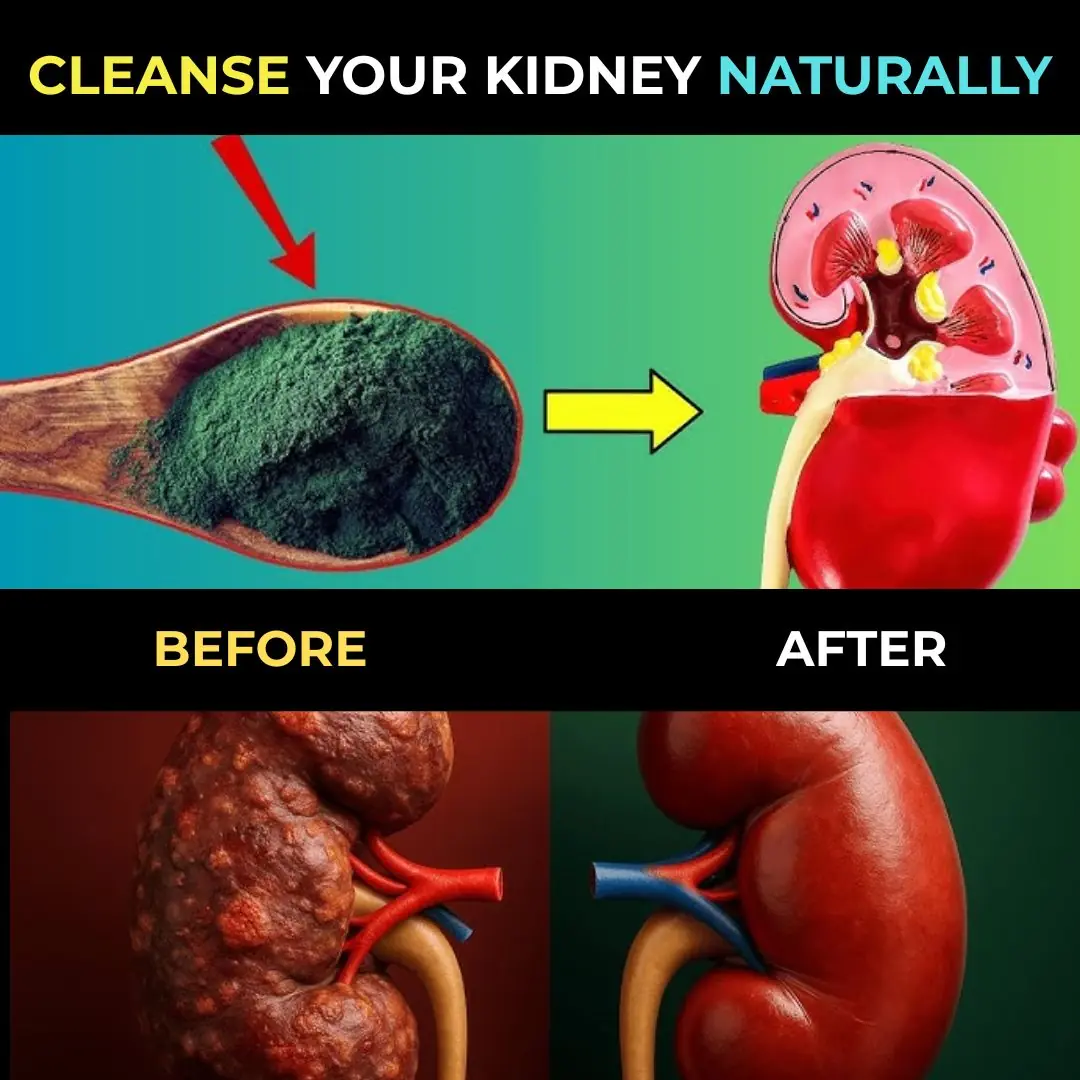
Clean Your Kidneys and Urinary Tract Naturally: One Teaspoon a Day

Think Bottled Water Is Safer Think Again

A Surprising Drink That May Help Prevent Cancer – And It's Not Tea or Coffee
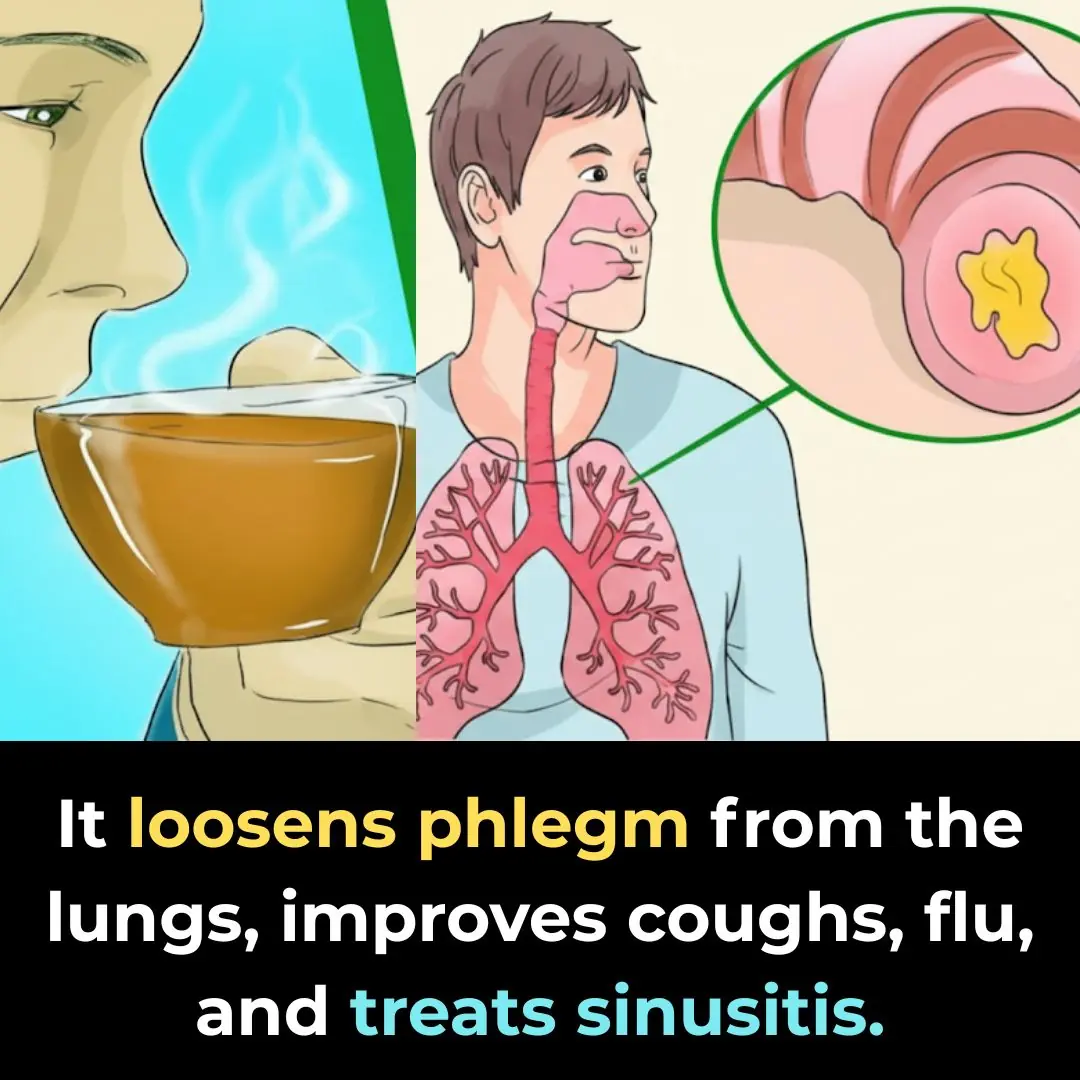
How To Get Rid of Phlegm And Mucus

5 Early Warning Signs of Cervical Cancer That 90% of Women Overlook
Cervical cancer is not a silent killer—it sends out warnings. The challenge is whether women notice and act on them in time.

8 Shocking Toilet Clues That Could Signal Cancer: Don’t Ignore These Early Warnings
Many people dismiss subtle changes in bathroom habits as minor or temporary issues. However, certain unusual signs when you go to the toilet could be early red flags of serious health problems. Recognizing them in time can make the difference between earl

3 Powerful Ways to Keep Snakes Out of Your Home and Protect Your Family
By combining natural repellents, careful use of traditional methods, and the protective instincts of pets, households can greatly reduce the likelihood of encountering these stealthy reptiles.

Study Reveals How Earth’s Orbit Triggers Ice Ages, And There’s One in The Next 11,000 Years
